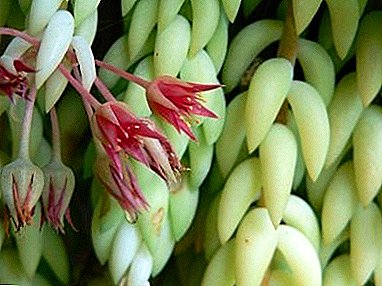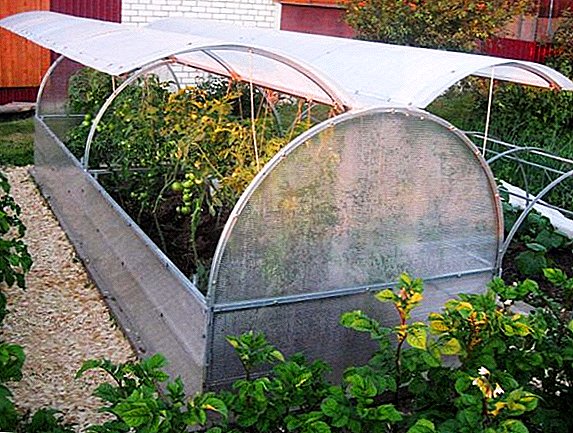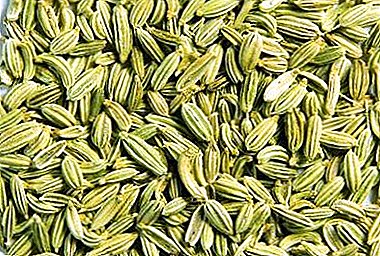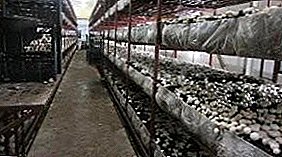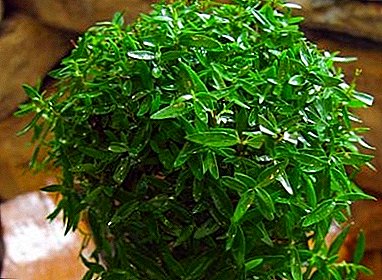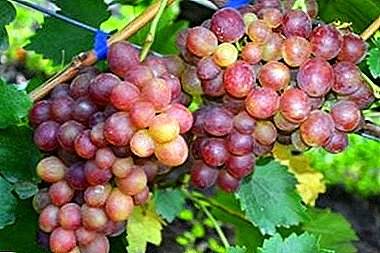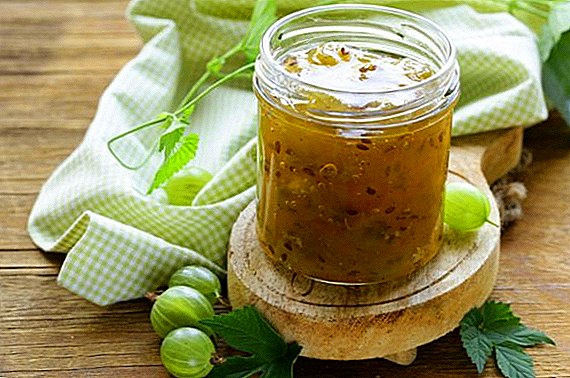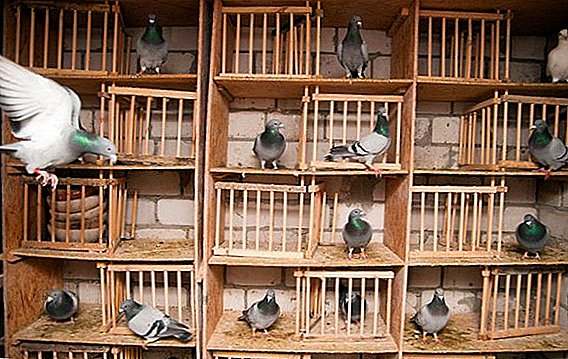 Pigeon breeding is an interesting hobby whose history goes back more than one century. Pigeons are famous for their unpretentiousness in food and conditions of detention. But when it comes to breeding, especially rare and unusual breeds, in this case, each poultry farmer must take care of creating the perfect pigeon house.
Pigeon breeding is an interesting hobby whose history goes back more than one century. Pigeons are famous for their unpretentiousness in food and conditions of detention. But when it comes to breeding, especially rare and unusual breeds, in this case, each poultry farmer must take care of creating the perfect pigeon house.
General requirements for pigeon nests
One of the main conditions for competent breeding pigeons is the arrangement of their nests. You will have to work hard to create comfortable living and breeding conditions for birds, but there are general housing requirements that will greatly simplify this process:
- Each bird has its own perch. Each dove should have its own spacious corner in which it will rest and hatch eggs during the mating season. If the size of the room allows, it is best to divide the pigeon house conditionally into two zones - a zone with roost and a cozy niche with nests. And after the chicks are strong enough, the nests are removed, thereby freeing up even more free space.
- Comfortable microclimate. It includes ventilation and lack of drafts. Remember that dampness and drafts can cause significant damage to the health of pigeons, especially young individuals. Pay special attention to additional heating of the pigeon house with the onset of winter frosts: install additional heaters or treat the walls of the room with insulating materials.
- Regular cleaning and disinfection perches and houses from litter and other pollutants. To avoid the multiplication of pathogenic microflora in the dovecot, keep the nests clean.
- High-quality bedding and its timely replacement. Mostly use hay, sawdust or straw.

Important! Many breeds of pigeons have a well-developed nesting instinct, so they may not accept the nest you have prepared. Put a small amount of hay, paper, cotton wool or twigs in the house - this way you will allow the birds to independently take part in building the nest.
Kinds
The most convenient and comfortable for breeding pigeons are nests of two types:
- Rectangular shape - made of wooden materials. This is the most common variant of pigeon nests. Many poultry farmers prefer this form because of the simplicity of the design and availability of materials - boards and nails are stored in almost every man. The advantages of rectangular nests also include the possibility of their repeated use. There is one, but very important minus of such a design - susceptibility to moisture. In case of violation of the microclimate in the dovecote, wooden boards very quickly become useless.
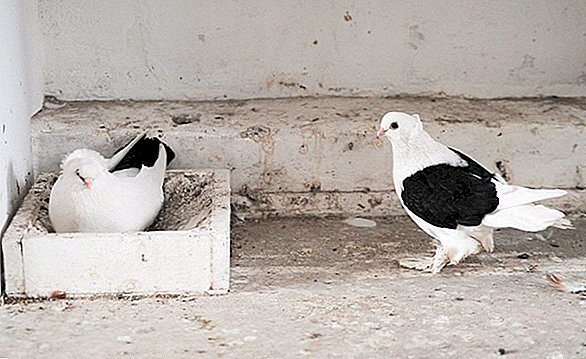
- Round shape - made most often of foam, but it is possible to use plaster, plastic and other materials. The main plus of round-shaped nests of foam is the ability to accumulate heat, which is especially important during the period of hatching of eggs by doves. Fans of pigeons point out that the birds more willingly start building nests of exactly round shape. The main disadvantages of this design - the possibility of deformation of the gypsum nests due to excess moisture, as well as - spitting of foam plastic walls by birds.

How to make a nest for pigeons do it yourself
Rectangular wooden houses - the most common version of pigeon housing. Every pigeon breeder can make such a design, even a beginner in this business.
Did you know? Pigeons of the Birmingham breed are known for their talent for doing multiple flips in the air. It is curious that until now scientists have not found the reason for such behavior of these birds.
Rectangular wood
For medium-sized birds, the following house sizes are taken:
- length - 30 cm;
- width - 30 cm;
- wall height - 10 cm.
If you are a happy owner of breeding livestock, then slightly increase the dimensions of the house. 
Required materials and tools:
- wooden boards with a thickness of 20 mm;
- nails or screws;
- metal mesh (preferably with the smallest diameter of cells);
- saw;
- hammer or screwdriver;
- abrasive mesh or sandpaper.
Learn how to build dovecote, how to make feeders and drinkers for pigeons.
Step-by-step process of nest building:
- If there is a need for sanding wood, process it with emery paper or abrasive mesh. This will help prevent splinters from getting into the paws of birds and other injuries of the limbs.
- Make markup in accordance with the size of the birds.
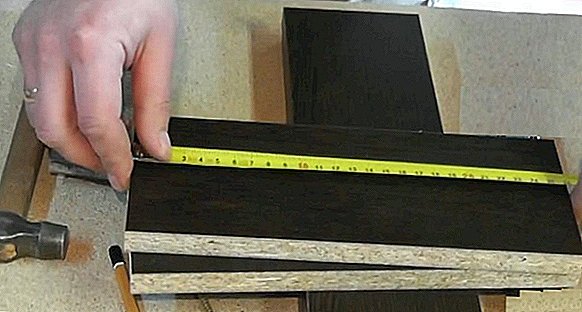
- Using a saw, cut the boards, using the markings.
- Gather a square from the planks and fasten them with nails or screws.

- Set the grid on the bottom of the house.
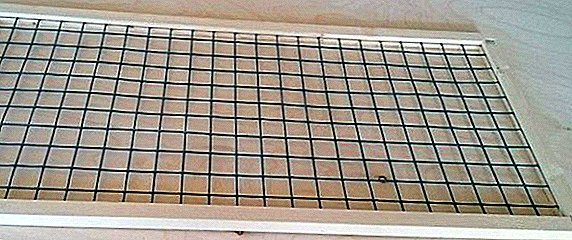
Round foam
The process of its manufacture is different from the previous version, but the technology is also simple and clear.
Important! If you are breeding wing-breeds of pigeons or a breed with strongly feathered paws, take care of the construction of wall seats. Their special design does not allow dirty long and beautiful bird plumage.
Required materials and tools:
- wide sheet of polyfoam;
- any metal container with a rounded bottom;
- stationery knife;
- glue;
- construction bandages;
- sheet of parchment.

Step-by-step process of nest building:
- Using a clerical knife, cut a blank - a rectangle of foam. Focus on the size of your dovecote.
- Place a sheet of parchment on top of the foam piece.
- Heat the bottom of a pan or other suitable container and carefully place it on the parchment. Under the influence of heat foam begins to melt, gradually acquiring a rounded shape of the tank.
- Grease the resulting groove in the foam with glue and glue the construction bandages, this will make the structure more durable and stable.

Racks for dovecote
This option of nesting is advisable to apply in case of limited space in the dovecote. Installed along the wall racks can accommodate a large number of birds and do not take up much space.
It is convenient to use racks during the laying of eggs and their further incubation, for mating pigeons, and also as a perch. Their design can be mobile - having attached wheels, you can move the rack to any place. If you build a metal rack, then the pigeon house will be much stronger and will last you more than one year.
Did you know? In the last century, pigeons played the role of modern drones: photo and video cameras were attached to them and released into the air for shooting a terrain. Special demand for such trained birds arose during the war.
Dimensions of construction depend on the breed and size of pigeons. For birds of average size, each cell in the rack will have the following dimensions:
- length - 30 cm;
- width - 30 cm;
- wall height - 30 cm.


Do not forget that if you have large birds, then the dimensions of the cells should be increased by 20-50 cm. We offer you to make a comfortable shelving for pigeons by 6 cells with your own hands.
Required materials and tools:
- Chipboard (height - 1 m, width - 30 cm) - 6 pcs .;
- plywood sheet or chipboard (1 sq. m) - 1 pc .;
- nails or screws;
- hammer or screwdriver.
Learn how to determine the sex of a pigeon, how pigeons mate, how many pigeons sit on eggs, how to feed the little pigeon.
Step-by-step process of the construction of the rack:
- Connect the boards, giving them the appearance of the letter P, and fix them with nails or screws.
- Inside the structure, fasten one board in a vertical position so that it divides it in half. Secure the board with nails or screws.
- Place the two boards in a horizontal position inside the structure - it will be shelves. Secure them with nails or screws.
- As the back wall, use the last sheet of plywood or chipboard, which is also attached with nails or screws to the side walls of the structure.
 It is possible to combine both variants of the nests - and building a square wooden nest with foam filling As we see, building pigeon nests is quite simple. You can even simplify your task and use ordinary wooden boxes, for example, from under the fruit. Put the sawdust and twigs inside, and the little dove will do the rest for you.
It is possible to combine both variants of the nests - and building a square wooden nest with foam filling As we see, building pigeon nests is quite simple. You can even simplify your task and use ordinary wooden boxes, for example, from under the fruit. Put the sawdust and twigs inside, and the little dove will do the rest for you.Doves for pigeons do it yourself: video
Reviews









